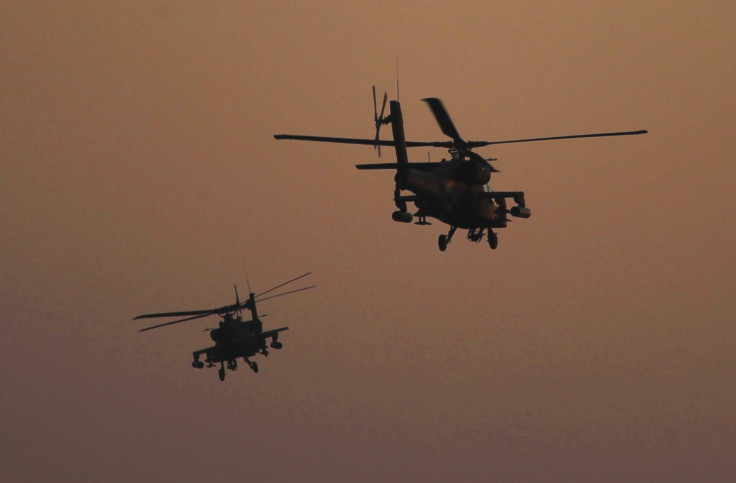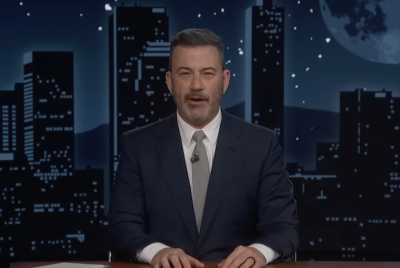Isis Guide Explains How To Shoot Down US Apache Helicopters

Just days after the United States began using Apache helicopters against Isis (now known as Islamic State) in Iraq, IS has responded by producing a guide to shooting down the iconic aircraft.
The guide, which has been circulating on social media, explains in minute detail how to use portable surface-to-air missiles, such as the Russian-made SA-16 and SA-18 and the American FIM-92 Stinger, against the attack helicopter.
The Stinger was heavily used during the Soviet invasion of Afghanistan in the 1980s, when the shoulder-fired missiles provided by the US to Mujahideen fighters proved very effective at shooting down Soviet helicopters.
They also saw use against Russian aircraft during the first and second Chechen wars, which took place from 1994 to 1996 and 1999 to 2009, respectively. The guide will serve as a reminder for the IS fighters who took part in those conflicts before joining the ranks of the Sunni extremist group in Iraq and Syria. For new recruits, the guide is a detailed primer on how to target successfully the Apaches by defeating their countermeasures.
The introduction of the Apaches in Iraq comes at a time when IS is being buoyed by the major advances it is making in Syria, where it is close to capturing the strategically important town of Kobane, and Iraq's capital Baghdad, where IS has come within shooting distance of the city.
When you're flying a helicopter 150ft above the ground, that helicopter can be shot with a rocket-propelled grenade or a heavy machine gun... so yes, it is much more dangerous
But perhaps what makes the use of the aircraft most significant is that it represents a significant escalation of the risk being taken by US forces.
"Fixed-wing aircraft flying at 30,000ft are completely immune from the type of weapons that Islamic State fighters have, but a helicopter is not," said Christopher Harmer, a former US Navy aviator who is now an analyst at the Institute for the Study of War, a think tank.
"When you're flying a helicopter 150ft above the ground, that helicopter can be shot with a rocket-propelled grenade or a heavy machine gun... so yes, it is much more dangerous."
The Boeing-made aircraft, known as the AH-64, is particularly accurate and adept at operating in enemy territory at night, and has countermeasures to defeat missiles that home in on the heat generated by its exhaust.
However, the guide points out each of the Apache's weak spots in order to inflict the most amount of damage on the aircraft and ensure the pilot and navigator are killed. At least 10 Apaches have been shot down in Iraq since the US-led invasion in 2003, according to a tally from several published reports.
The guide, posted by an IS supporter using the name Nasser Al-Sharia, says the aircraft should be ambushed at a distance of 1,500m, or slightly less than one mile, while the helicopter is in the clear line of sight of the shooter. It then says a sniper should shoot the crew as they try to bail from the aircraft.
Another aircraft vulnerable to small arms and shoulder-fired missiles is the A-10, whose introduction to Iraq may also be cause for concern; the shooting down of one of the slow, low-flying jets may result in US pilots being taken hostage by IS.
© Copyright IBTimes 2025. All rights reserved.





















